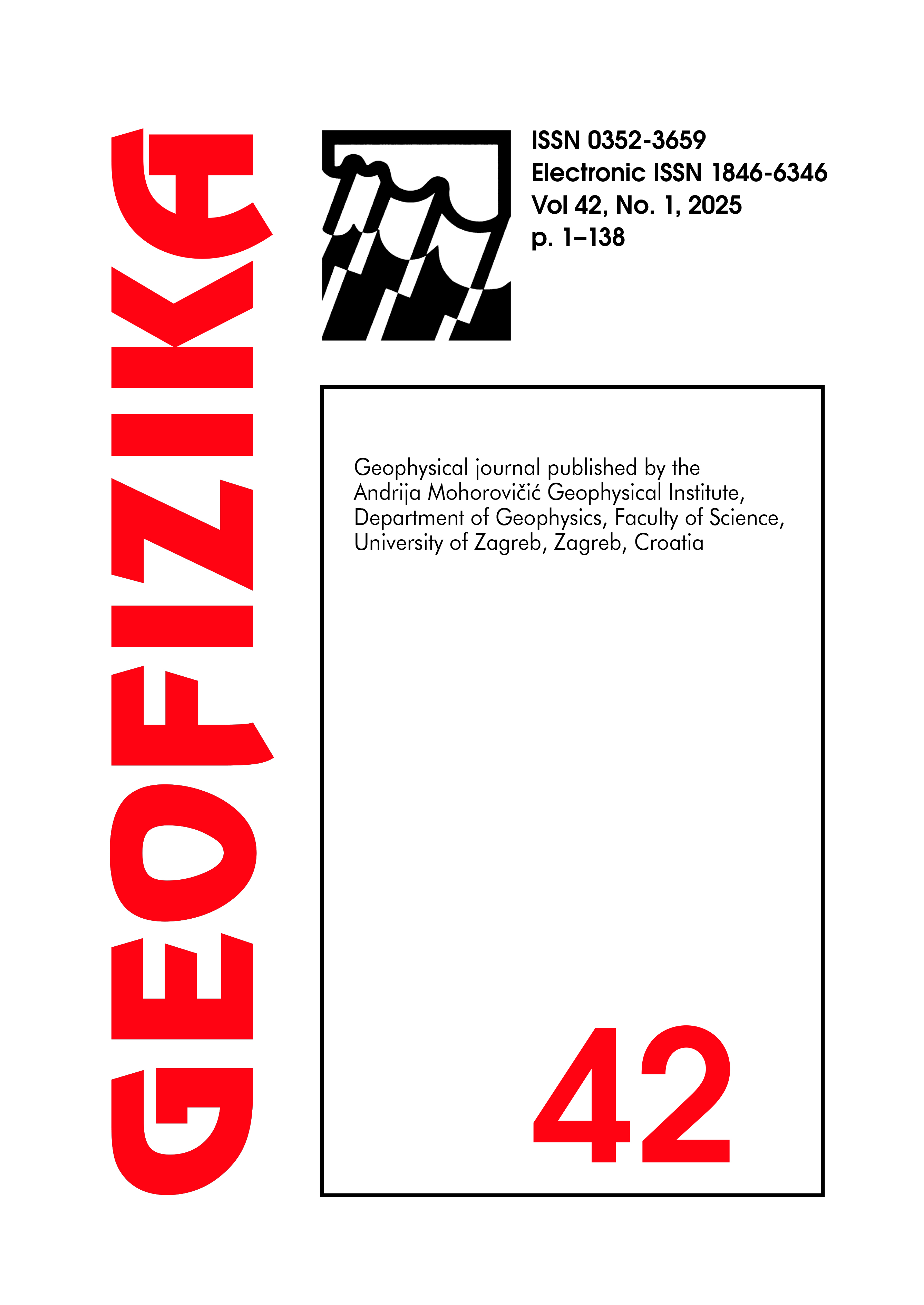Meteorological data-driven approach for soil passability modeling in GIS using machine learning
DOI:
https://doi.org/10.15233/gfz.2025.42.4Keywords:
Cone Index, Soil passability, Machine learning, Random Forest, ChernosolsAbstract
Vehicle mobility across different terrains depends on a multitude of geographical and meteorological variables. Traditional approaches rely on labor-intensive manual field measurements to assess soil conditions for military or humanitarian vehicle passage.
In this study, we aimed to explore novel methods for parameterizing the Cone Index, a fundamental metric for assessing passage feasibility, leveraging meteorological data from the global numerical model GFS. Focusing specifically on chernosols, primarily agricultural soils found in flat, open regions conducive to military operations, we utilized machine learning methods to assess how soil conditions affect vehicle mobility.
Through rigorous exploratory analysis, we investigated correlations, model performance metrics, and the relative importance of predictors in Cone Index modeling. Our findings highlight the comparative efficacy of different modeling approaches, particularly emphasizing the utility of the Random Forest method. We identified key environmental conditions under which the model reliably predicts the Cone Index. This sets the baseline for spatial modelling in GIS.
Despite these insights, our study is constrained by data limitations and the inherent resolution constraints of the GFS model. The obtained solution lays the initial groundwork for implementing the model in a GIS environment to predict the trafficability of chernosols across the broader European region. Future research will aim to expand the dataset, spatial relationships, and employ models with higher resolution for more robust and accurate predictions.
Downloads
Published
Issue
Section
License
Copyright (c) 2025 G e o f i z i k a

This work is licensed under a Creative Commons Attribution-NonCommercial 4.0 International License.

